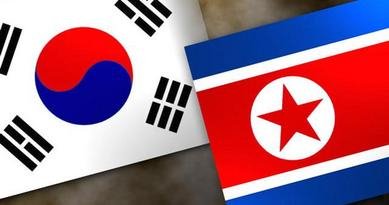South Korea to Establish $2.6B ‘Iron Dome’-style Defence System
Project aims to protect population in and around Seoul, which lies within range of North Korea’s artillery.

All Global Research articles can be read in 51 languages by activating the “Translate Website” drop down menu on the top banner of our home page (Desktop version).
Visit and follow us on Instagram at @crg_globalresearch.
***
South Korea has approved plans to pursue a $2.6-billion artillery interception system, similar to Israel’s “Iron Dome”, designed to protect against North Korea’s arsenal of long-range guns and rockets, the defence acquisition agency said.
A large part of the area surrounding Seoul, the capital, is home to about half the population of 52 million, and lies within range of the neighbour’s long-range guns and multiple rocket launchers.
Late last year the government’s defence blueprint called for the development of a “Korean-style Iron Dome” that can defend Seoul and key facilities.
On Monday a committee presided over by Defence Minister Suh Wook approved the project, expected to be completed around 2035 at a cost of $2.6 billion, the Defence Acquisition Program Administration (DAPA) said in a statement.
“Through this project, it is expected that the ability to respond to the threat of enemy long-range artillery will be strengthened, as well as securing domestic technology and creating domestic jobs,” it said.
The Ministry of National Defence has said while existing weapons such as the Patriot and THAAD missile defence systems are designed to target the North’s increasingly capable short-range ballistic missiles, the new system aims to protect against long-range artillery and multiple rocket launchers.
Pyongyang does not comment on its military deployment, but experts believe most of North Korea’s 13,600 guns and multiple rocket launchers are positioned near the border, about 40 km (25 miles) distant from Seoul.
*
Note to readers: Please click the share buttons above or below. Follow us on Instagram, @crg_globalresearch. Forward this article to your email lists. Crosspost on your blog site, internet forums. etc.

